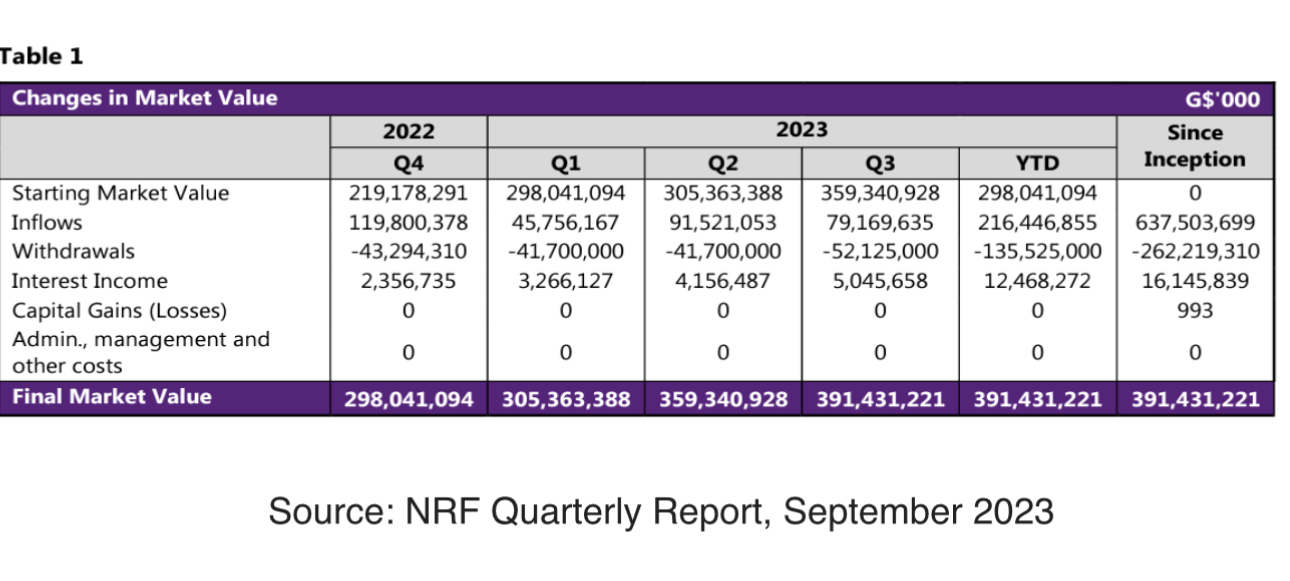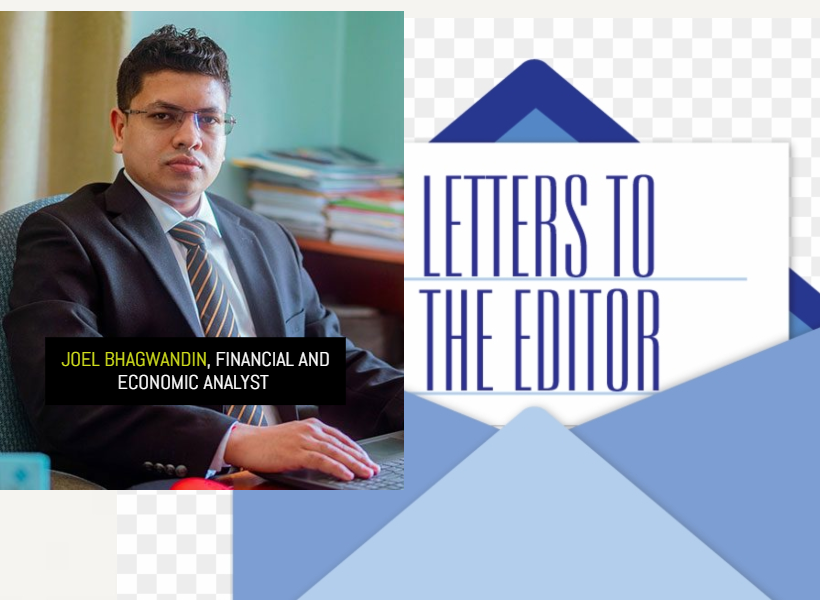Dear Editor,
The anonymous author of the Peeping Tom column in the January 6, 2024 edition of the Kaieteur News, contended that…, “The Natural Resource Fund, at the end of 2022, had received more than US$1.7 B in inflows of royalties and profit oil. In that year, the fund accrued US$17.5 M in interest alone.
From the inception of the fund to the end of 2022, the total interest payments for 2022 would have amounted to G$3.6 B…. Interest earned would have increased during the first 11 months of 2023.
Furthermore, the government earned more than G$16B in interest for 2023, a sum that is more than enough to grant a 13% increase in wages and salaries to public sector workers for 2023.”
The foregoing contention by both Peeping Tom and and Opposition Advisor on Economics, Elson Low, is a classic illustration of their unfamiliarity and/or ignorance; lack of appreciation for the legal operations of the Natural Resources Fund (NRF) in accordance with the Act (2021) (hereinafter “NRF Act), and more so their profound ineptness in the area of public financial management.
Section 19 of the NRF Act states that…” The amount that the Minister shall request the National Assembly to approve as withdrawal from the Fund for the next ensuing fiscal year shall be included in the annual budget proposal and shall not exceed, for that year, the ceiling calculated in accordance with Section 17 and the First Schedule plus any amount required for emergency financing”. This means that the withdrawal from the NRF is based on the previous fiscal year’s balance. For example, the NRF withdrawal for the fiscal year 2023 would be based on the closing balance for the fiscal year ended 2022. Similarly, the NRF withdrawal for the fiscal year 2024, would be based on the closing balance for the fiscal year ended 2023.
For the avoidance of any doubt, though anyone could independently verify the NRF balance and interest earned as per the relevant NRF reports on the Bank of Guyana website. The table below is extracted (snipped) from the September 2023 quarterly report.
The interest earned for the fiscal year 2022 was $2.4 billion, which would have been available for withdrawal from the Fund for the fiscal year 2023. The year to date (YTD) interest earned for 2023, based on the NRF balance amounted to $12.5 billion, and the cumulative interest earned from the inception of the NRF, which is since 2021, amounted to $16.1 billion.
Vice President, Dr. Bharrat Jagdeo, is therefore absolutely correct where he said that the interest earned in 2022, which would have been available for withdrawal in 2023, is inadequate to finance the 6.5% salary increase, which amounted to approximately $8 billion. Conversely, it is unequivocally incorrect and impractical to base the argument for salary increases on the cumulative interest earnings over multiple years (2021-2023), to finance salary increase, which is an annual recurrent expenditure.
Even if, for argument sake, one were to use the cumulative interest earnings of $16 billion as at September 2023; equivalently, one would have to examine the cumulative increase in the total employment cost for the same period. In so doing, the result remains the same, such that it would be inadequate to finance the increase. To this end, the total level of increase in employment cost for the period 2021-2023 (B) amounts to $28 billion, reflecting an increase from $78 billion to $106 billion. Evidently, this level of increase is nearly twice (1.75 times) the size of the cumulative interest earned on the NRF for that period.
As illustrated herein, in their haste to disprove Jagdeo, the author of Peeping Tom and Elson Low have not just committed a rudimentary error; but a fundamental error. Worse, it is unarguably a classic demonstration of their deep lack of knowledge in public financial management.
Yours respectfully,
Joel Bhagwandin













